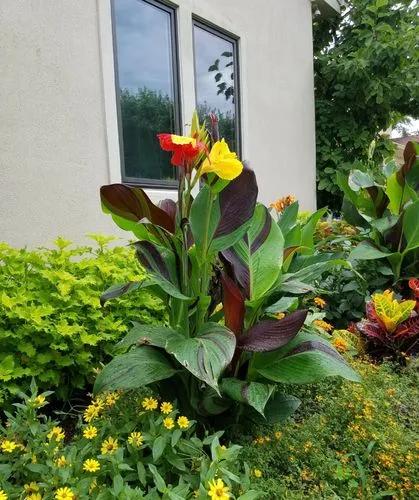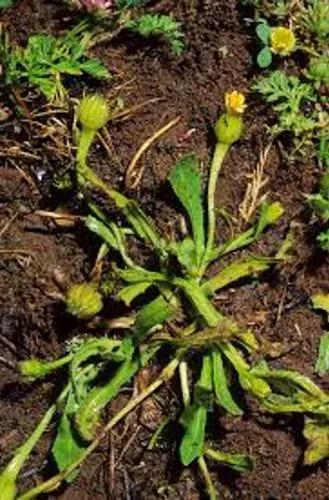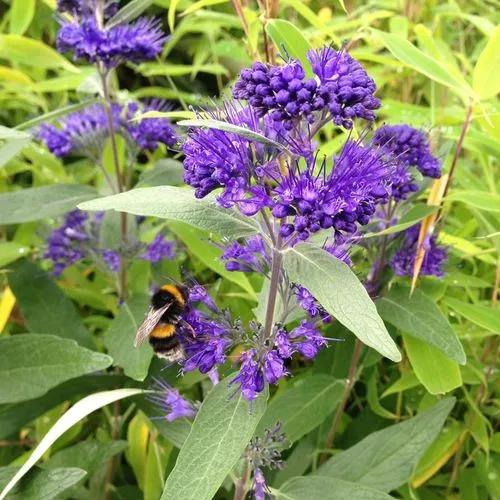Euphorbia terracina (carnation spurge) is a perennial or biennial species(family Euphorbiaceae).
Euphorbia terracina Care
Euphorbia terracina



Carnation spurge forms dense patches in disturbed grasslands, coastal bluffs, dunes, salt marshes, riparian areas and oak woodlands. Although carnation spurge was recently introduced to California and is not yet widely distributed, it has the potential to spread rapidly. Like many other members of the spurge family, it produces toxic sap, and has allelopathic properties that reduce germination of native plants.
This plant might be poisonous
How to get rid of: Logran® at 12.5 g/100L + the penetrant Pulse ® is very effective on adults and juveniles with little offtarget damage in coastal heathlands. Hand removal can stimulate germination of the soil seedbank. Ensure adequate personal protective clothing is worn to avoid contact with sap. Since seed production is highest from plants which emerge early, it is important to control early cohorts, if not treated when small these become increasingly tolerant to herbicides.
Control of the late emergents before seed formation will prevent fresh seeds being added to the existing seed bank. Slashing in November after seed production may result in no vegetative regeneration, due to lack of food reserves in the underground roots and stem - the remaining underground plant parts cannot withstand hot dry summer conditions. Undertake control after any fire event. Read the manufacturers' labels and material safety data sheets before using herbicides.
Discover more plants with the list below
Popular articles






